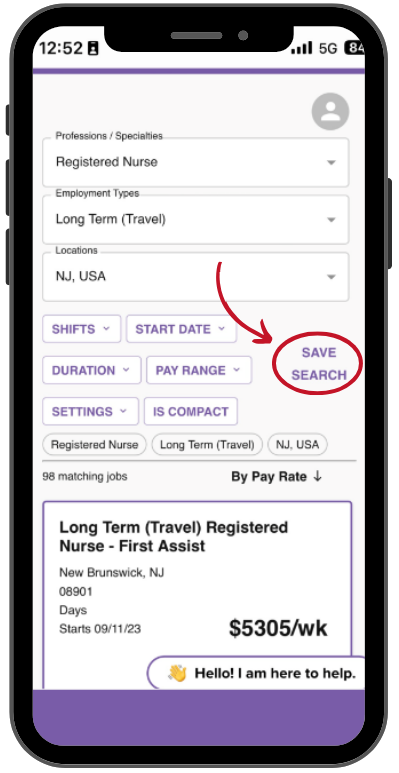Halloween is almost here! And with Halloween, comes candy! The U.S. is expected to spend 2.7 Billion dollars on candy this Halloween! Who knew!
Of course everyone wants to share candy in the hospital, especially when working with children.
Not all candy is bad, but here is some candy to avoid on Willy Wonka’s favorite holiday.
For toddlers, preschoolers, and even kindergarteners, you want candy that is soft and easy to chew and swallow. Reese’s Peanut Butter Cups, M&M’s, Hershey’s Kisses, Skittles, and 3 Musketeer Bars are all great examples.
A study of emergency room visits in children 14 and under published in 2013 found that hard candy caused the most choking episodes, accounting for 15% of pediatric ER visits for choking. Other candy came in second, accounting for 13% of pediatric ER visits for choking. The American Academy of Pediatrics recommends that children ages 5 and younger should not be given hard candies or gum.
If you have kids ages five and younger, you can steal all of these candies for yourself:
- Jolly Ranchers
- Jaw Breakers
- Gobstoppers
- Peppermints
- Butterscotch Candies
- Werther’s Original Hard Caramels
- Life Savers
- Old Fashioned Candy Drops
- Lemonheads
- Snickers Bars
- Nut Roll Bars
- Jelly Beans
- Candy Corn
- Lollipops/Suckers
- Caramel Apple Pops
- Tootsie Rolls
- Tootsie Pops
- Milk Duds
- Laffy Taffy
- Saltwater Taffy
- Double Bubble Gum
- Blow Pops
- Big League Chew
- Candy Jewelry
No matter what route you decide to go with the Halloween candy, remember that it is okay to splurge every once in a while. A few pieces of candy probably won’t hurt your patients or coworkers. If they do get a stomach ache from eating candy, most likely you won’t need to call a nurse or visit your pediatric care provider. You can monitor them for a few hours and follow home tips to treat a stomach ache.


